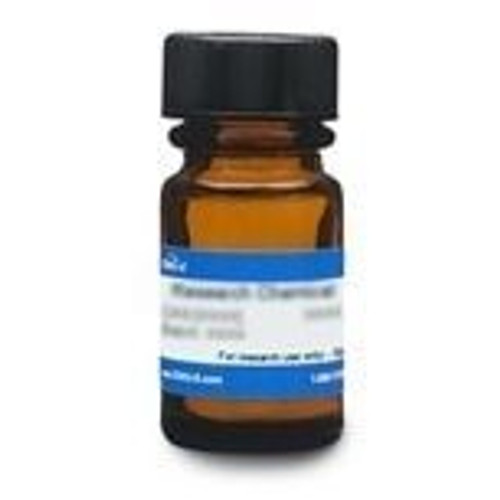Echinocandin B Hydrochloride is the hydrochloride salt of a the natural product and lipopeptide antifungal Ehinocandin B. Discovered in 1974 in Germany, it is the first of its class of antifungals called echinocandins. Echinocandin B is a cyclic hexapeptide with a linoleolyl side chain. Anidulafungin is synthesized from Echinocandin B.
| Mechanism of Action | Echinocandin competitively inhibits β-(1,3)-D-glucan synthase, thus inhibits glucan synthesis, an essential component of the fungal cell wall. Changes in the cell wall can lead to eventual cell lysis. It does not affect mammalian cells since they do not contain β-(1,3)-D-glucan. |
| Spectrum | Effective against fungi including Aspergillus spp. and Candida spp. including C. albicans. In generla, MIC90 values are ≤ 2 ug/ml against Candida spp. Resistance mechanisms have not been fully elucidatated. The molecular target is the FKS1 subunit of glucan synthase, thus mutations to this site confer varying degrees of resistance. |
| Molecular Formula | C34H51N7O15 ∙ HCl |
| References |
Cacho RA, Jiang W, Chooi YH, Walsh CT, and Tang Y (2012) Identification and characterization of the Echinocandin B biosynthetic gene cluster from Emericella rugulosa NRRL 11440. J Am Chem Soc. 134(40):16781-90 PMID 22998630 Denning DW(1997) Echinocandins and pneumocandins--a new antifungal class with a novel mode of Douglas CM et al (1997) Identificaiton of the FKS1 gene of Candida albicans as the essential target of 1,3-beta-D-glucan synthase inhibitors. Antimicrob. Agents Chemother. 41(11):2471-2479 PMID 9371352 Eschenauer G, Depestel DD, and Carver PL (2007) Comparison of echinocandin antifungals.Ther. Clin. Risk Manag. 3(1):71-97 PMID 18360617 Patil A and Majumdar S (2017) Echinocandins in antifungal pharmacotherapy. Pharm. Pharmacol. 69(12):1635-1660 PMID 28744860 |







